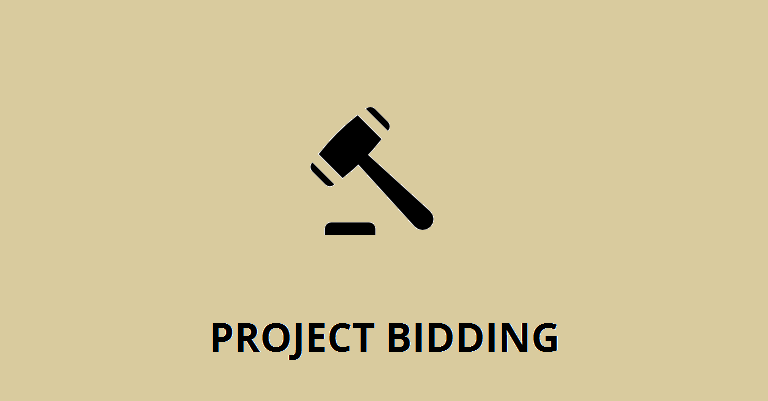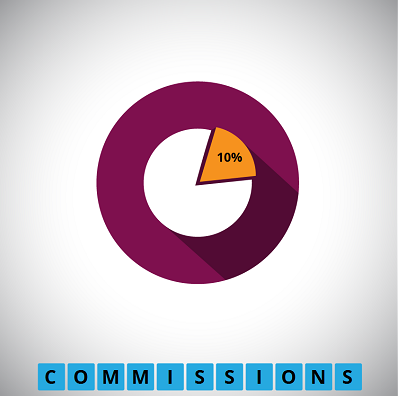Why It is Important to Choose The Right Business Model for Your Freelancing Bidding Site

“Make money online” as a freelancer has increasingly been a popular choice among young people. To build a platform connecting freelancers and clients, hence, has great potential to grow. If you plan to start your business career following this path, one of the first things to take into consideration is the proper business model you will use for your business.
For an online freelance site, which business models that are available and how each differs from the others? Generally speaking, business model is the strategy on what you will do with your site to generate revenue. A good business idea together with an appropriate business model promises to be an effective monetization tool.
This post will list out possible business models to help you pick up one that works best on your site.
1. Project listings

On a freelance bidding site, your main contents come from projects posted by clients. You can monetize this action by making clients pay to have projects listed. One way to do this is offering various packages, each of which allows for a number of projects posted and includes other add-ons. Paying by packages also reduces the hassle of payment made each time clients post a new project.
Collecting fee per project listing is necessary as it helps ensure content quality. People won’t spend money on posting untrue projects that have no value to them. On the other hand, this is a potential monetization method as you’re able to capture a portion of all listings on site.
2. Bidding fees

Project bidding is a typical feature of freelancing sites. It allows freelancers to bid for projects they have interest in while increases the chance for clients to find the best partner to complete the projects.
Similarly to project listings, bidding packages are given for freelancers to choose. Each bidding plan has a specified number of available bids and other optional offerings.
In a freelancing website where bidding is a key function, asking freelancers to pay for each bid is necessary. Why? Let’s compare paid bid and free bid. Mentioning the former, each bid costs freelancers money which makes them consider carefully before bidding on any project. This makes each bid a real one, ensures the quality of the bidding. On the contrary, “free to bid” alternative makes it so much easier for freelancers to bid on any project. There might be cases when freelancers bid and get accepted by clients but then quit, which is such a waste of time for clients. Unhappy clients are the situation you never want to deal with.
As a result, if you integrate bidding fee model into your business strategy, try to come up with a reasonable fee per bid, not too high but also not too low.
3. Membership fees

Membership fee is a user-based business model in which users have to pay a fee to become a client or freelancer on your platform.
The willingness to pay before getting any value from your site shows that users have serious intention of joining. Serious members possibly mean better quality and more popular reputation for your website. Specifically, clients have many valuable projects to list and freelancers are more skillful and professional.
However, good points also come with challenges. To persuade users to join, you need to be able to prove that the benefits from working on your site far outweigh the cost. Freelancers would want to see the opportunity to work on thousands-of-dollar projects whereas clients prefer to employ the best freelancers who can excellently carry out all project’ requirements.
In fact, as the nature of projects listed on freelancing bidding websites is quite complex, applying membership fee model on your site is a viable option.
4. Featured projects

When your website reaches to the level of hundreds or even thousands of new projects posted everyday, it is quite difficult for a project to stand out from the crowd. It is when featured project comes in hand as a savior to draw more attention from potential freelancers.
However, alone featured project is not strong enough to be your main model. First, not all users have the urgent need of showing their projects on top of page. Second, this model might not prove powerful during the first days of site establishment when project listings are not plenty. Therefore, if you want to make this feature available, use it as a component of the main model.
5. Advertising

This is definitely a classic form of making money online. Browsing through the Internet, you have surely seen banner ads, pop-ups, video ads, etc. appear somewhere on any websites trying to grab your attention. That is how this model works to reach Internet users. When your website has attracted a high enough amount of daily traffic, advertisers will come to you to have their ads put on your site.
Onsite advertising has long been a popular money making technique but it is getting tougher than ever since most users don’t like ads. Many apps have been used to block ads as users find ads annoying and irritating.
This business model is frequently employed on content platforms where users crave for information. However, on a freelance bidding site, users don’t expect to see ads. Too many ads can lead to unhappy customers, which in turn reduces site traffic. So consider this model carefully.
6. Commission fees

Freelancing bidding website is a two-sided marketplace whose value is created by the exchange between clients and freelancers. The ultimate result of this exchange is that clients get their projects done while freelancers earn money by providing skills to complete the tasks. To monetize from this exchange, commission fee is the widely used business model. You will charge a percentage or decent amount per transaction initiated inside the platform.
Why is commission fee the most popular model on the 2-sided platform? This is because it is triggered from the very core value, which is the transaction between clients and freelancers, your site provides for users. And this core value is the biggest reason customers need your platform. To get what they need, your customers are willing to pay for it. As long as you charge a reasonable commission rate, this business model is an assurance for long-term sustainability.
The second advantage of commission model is that you won’t miss out any transactions on your platform. The revenue, therefore, is higher than that of other models.
The challenge part of this model lies in its pricing level and structure: how much you should charge and how to distribute the burden between clients and freelancers. To come up with the final rate requires intensive research and depends on your business. Upwork has recently posed an example on this issue. In the past, the rate charged for clients and freelancers was 0% and 10% respectively. Now the game has changed. As the page explained that to reduce the burden maintaining the service, clients are required to pay 2.75% more over the top of each payment as processing fee, while the rate for freelancers varies from 5% to 20% depending on the project value.
We can’t say whether it is a proper change but this instance shows that to choose the right things to do is hard but it is even harder to do things right. This is also what I would like to say before ending this post. Building a business is a long run goal requiring great passion and hard work. But every problem has a solution. Choose the right business model for your freelancing website and apply it in the most effective way to achieve success.
Images by Freepik.
